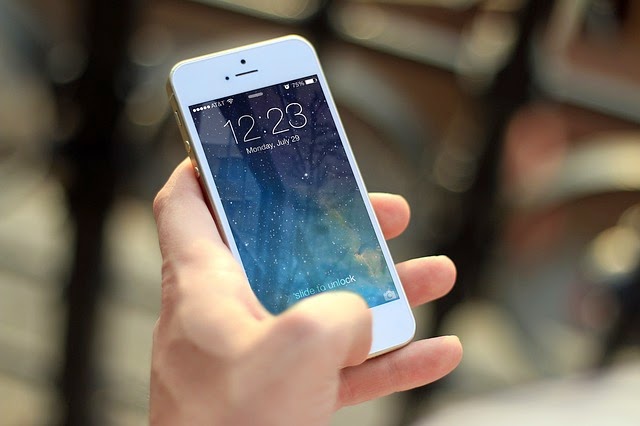Android 5.0 Lollipop rolled out with a great user interface and
a number of improvements in order to make Android devices run as smoothly as
possible. Though there are already several devices that have been confirmed to
receive this latest update, there are still some that weren't lucky enough to
get Android 5.0 Lollipop. If you're one of those not-so-lucky Android users,
your time to shine is now. Third-party developers have brought some amazing
launchers that lets you get that Android Lollipop look on your device.
Let's take a look at these five great Android Lollipop
launchers.
The Blinq Lollipop Launcher carries
the Material UI, which makes your device look like it's running on the real
Android 5.0 version. Whatever Android version you're device is currently
running on, you can now achieve that Lollipop feeling on your device in an
instant. The launcher allows you to create your own gestures, extreme
customizations, more transition effects, and many more.
The Blinq Lollipop
Launcher can be downloaded for free from the Google Play Store. It's one
amazing launcher that you should not miss.
One of
the best looking Lollipop launchers you can get for your Android device is the Epic Launcher. With the support of "Ok, Google" keyword and a
number of other goodies, it will surely give you a feeling that your Android
device is already running on Android 5.0 Lollipop. This launcher allows you to
specify custom icons and text sizes, locking and unlocking desktop, infinite
scrolling, and so on.
The Lollipop Launcher can give
you everything you need to transform your Ice Cream Sandwich or Jelly
Bean-based Android device into a Lollipop version. Starting from the material
UI to speed improvements, this launcher carries almost all the elements that
can help you achieve your dream of having the newest version for your device.
Aside from that, it supports the "Ok, Google" keyword to quickly
launch the search panel for you. What makes this launcher worthwhile is the
infinite scrolling and hand gestures. You can download the Lollipop Launcher
for free at the Google Play Store.
If
you're in dire search of a great Lollipop launcher for your Android device,
better check out the Action Launcher 3. With the combination of material UI and its own designs,
anyone who will look at your device will think that it's a true
Lollipop-upgraded one. For quicker access to your apps, Action Launcher 3
offers a unique feature called Quickdrawer that holds shortcuts to all of your
apps. Just tap on any app to launch it.
Meanwhile, the launcher's
Quicktheme feature combines the color of your wallpaper with the layout in
order to create great blendings. For widgets, the Shutter feature lets you
create widgets for your favorite apps with just your hand gestures.
Overall, the Action
Launcher 3 boasts a lot of great Lollipop features, and it's so awesome because
you can download this for free on Google Play Store.
If you
want something with handy features and a smooth interface, KK Launcher is
perfect for you. This launcher is the solution for those looking a way to give
their Android devices a neat Lollipop makeover. Some of the notable features
include a handy sidebar, which lets you quickly jump to your favorite apps,
"Ok, Google" support, more than sixteen transition effects, unread
counts, and so on.
After installing the KK
Launcher on your device, you'll notice that your device looks clutter-free,
which is a cool and refreshing thing to see on your Android device.

























